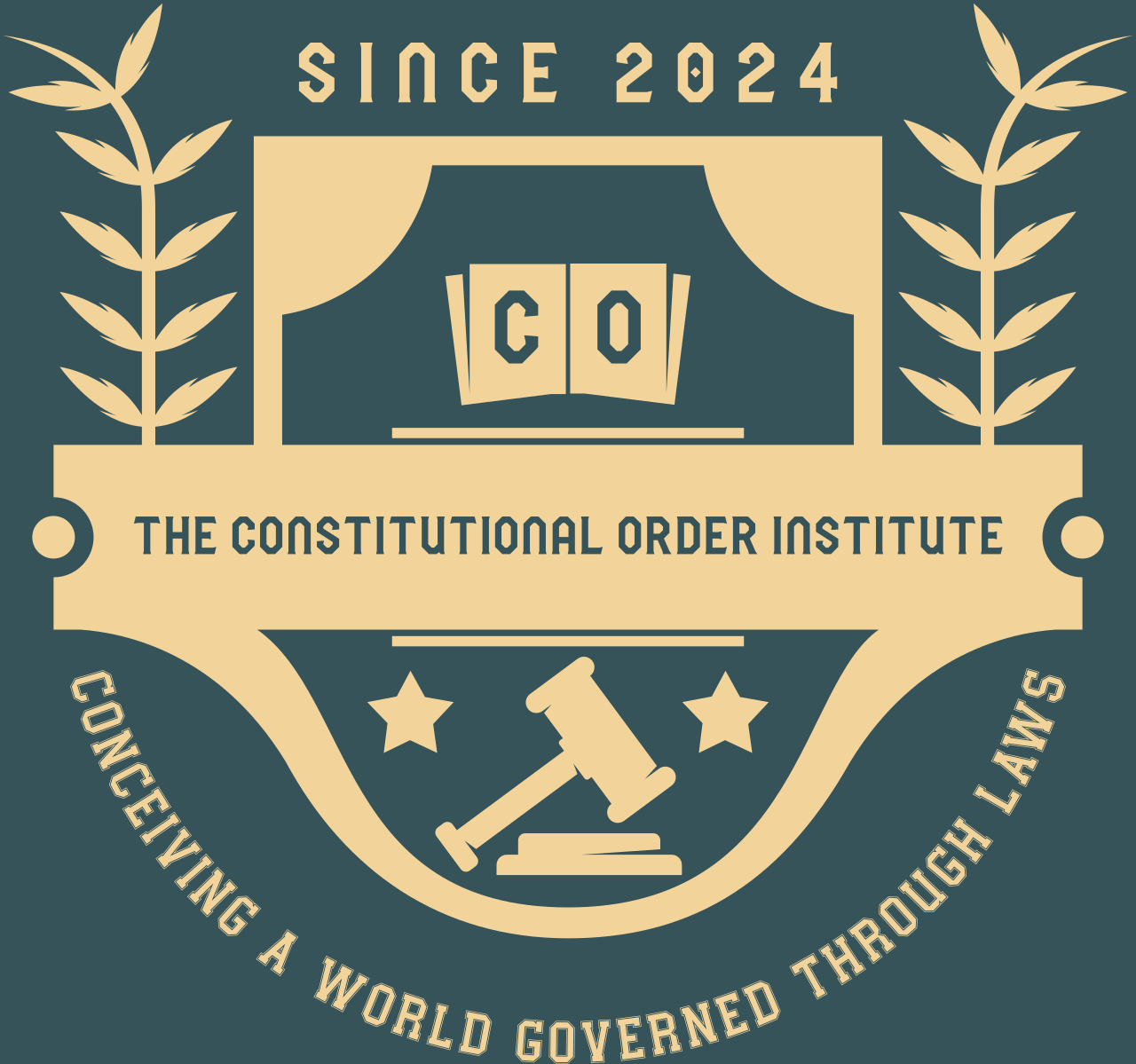Call us now:
Why Medical Approach to Peace
For centuries, rational minds have enquired what is peace? Why is it fleeting? And what must philosophers do to keep it permanent and universal? Regrettably, no conclusive answers exist as of today and there is no surprise why: social scientists study war much the same way herbalists study fever. That is, they pick visible outcomes (e.g., war, poverty) and attribute them subjective causes only to be disappointed. Stated differently, like herbal practitioners, social scientists rarely open their patient (state); rarely uncover specific conflict (disease) causing war; and hardly if ever propose tailored medicines (laws) preventing conflicts. To grasp peace, therefore, one must treat war as symptom for it breaks out for any (number of) reason(s). India and Pakistan for example fight over Kashmir (a disputed territory), the United States and Russia fight over hegemony while Iraq and Iran fought over oil resources during 1980s.
Not only that, each time causes of war just as those of fever are different even between the same belligerents. Indeed, India fought 1965 war against Pakistan over Kashmir, 1971 over Bangladesh, 1984 over Siachen and 1999 war over Kargil. This pattern holds true across time and space and for every county in every continent. No reference needed to prove it. Moreover, like fever, war differs vis-à-vis scale and intensity. Some wars are wider-scale and deadlier than others. Lastly, like fever-types (e.g., dengue, malaria) war changes its shape quite often. At one point, it may be an armed conflict. Another time, it can be cyber war. Still another time it can be trade war, diplomatic war and so forth.
Given this complexity and alikeness, the approach suited to peace is none other than medicine for it treats state as organism, conflict as disease and law as medicine. A brief overview of each component is provided below.
What is State?
For brevity’s sake, the “state,” resembles a living—albeit artificial—organism which intakes taxation (nutrients) and legitimacy (oxygen) to sustain and thrive. Indeed, like an organism, state comprises multiple institutions and quasi-institutions—each tasked to perform specialized functions. For example, border protection agencies—resembling skin—prevent harmful agents from entering the state. The intelligence directorate, the armed forces, and the police act as immune systems which defend states against internal and external threats. The legislatures sanction funds (just as hearts pump blood), investigate/impeach rogue officials (just as kidneys remove waste) and make laws—call them pharmaceutical enterprises—that manufacture medicines. The courts interpret laws—much the same way labs test validity/purity of drugs—while the executives transport and administer laws (medicines) to whomever and wherever needed
What is Conflict?
Conflict resembles disease for it similarly dysfunctions state institutions. In popular parlance, dysfunction of at least one institution may appropriately be called as authoritarianism. Keep it in mind, that authoritarianism, like plague or COVID-19, can be endemic, epidemic or pandemic. In today’s world, it is pandemic unfortunately.
What is War?
At best, war is a symptom which stems out of conflict (dysfunctional state institutions). Other symptoms that may accompany include corruption, brain-drain, poverty, terrorism, national debts, and repression, to name a few.
What is Law?
Law equals medicine. Just as medicine is of four types, so is law:
Preventive: strengthens the immune system which fights off microbes before they attack. In a state, a republican constitution neutralizes conflict even before it forms. In other words, constitution acts like a vaccine.
Curative: cures diseases after they are formed. Within states, “constitutional amendments” act as curative medicines which address (quasi)-institutional conflicts post-formation.
Palliative: contains symptoms such as paracetamol relieves fever. Here bi and multilateral treaties resemble palliative frameworks. They don’t eradicate conflict(s) but prevent violence for a while. Some notable examples include the Treaty of Versailles (1919); the Kellog-Briand Pact (1928); the UN Charter (1945), various Human Rights and Arms Control Treaties; and the Rome Statute 2002 establishing the International Criminal Court.
Rehabilitative: a form of physiatry which focuses on holistic care and pain management. In international system, the UN peacekeeping forces are a prime example of this sort. Yet more and perhaps a different arrangement is necessary to keep peace globally.
